ACT math
1/123
Name | Mastery | Learn | Test | Matching | Spaced |
|---|
No study sessions yet.
124 Terms
Sum of interior angles of a polygon
180(n-2) where n is the number of sides
Area of a triangle
A=1/2bh
Area of a parallelogram
A=bh
Area of a trapezoid
A=(b1+b2/2)h
30-60-90 triangle

45-45-90 triangle
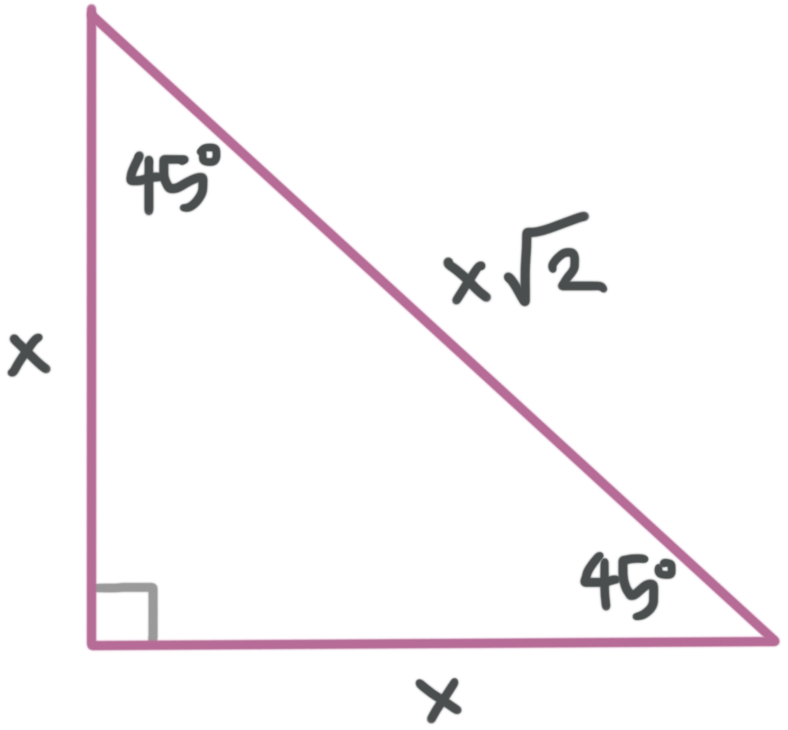
Volume of a cylinder
V=πr²h
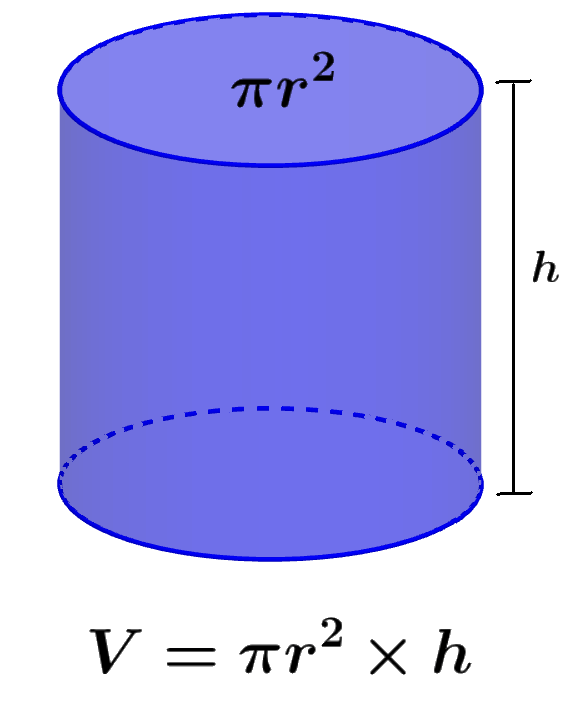
Volume of rectangular solid
V=lwh
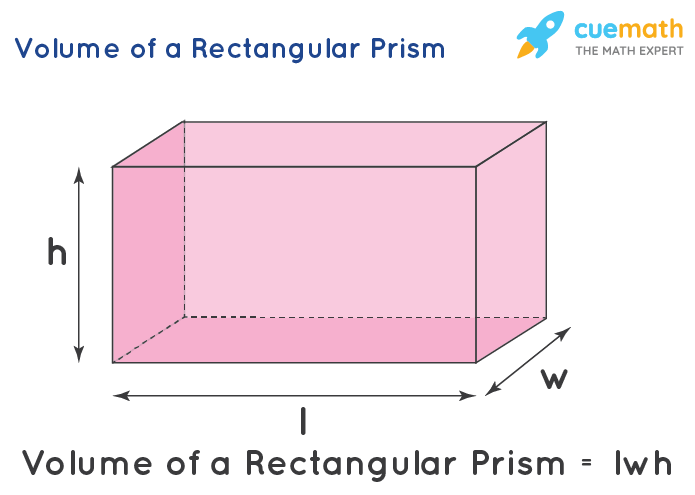
Surface area of a rectangular solid
SA=2lw + 2lh + 2wh
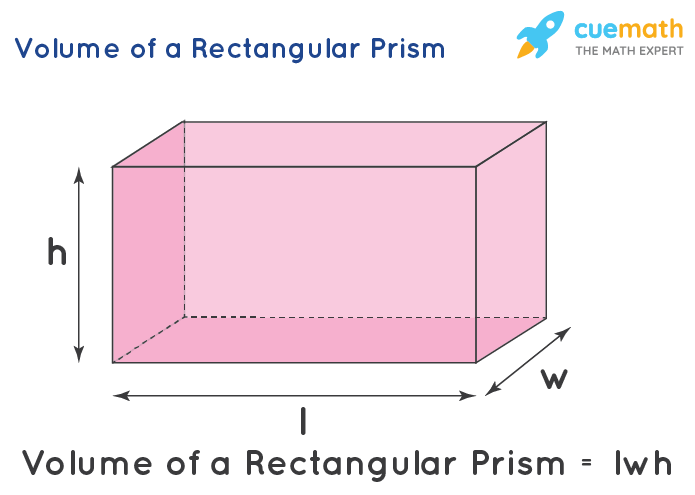
Pythagorean triples formula
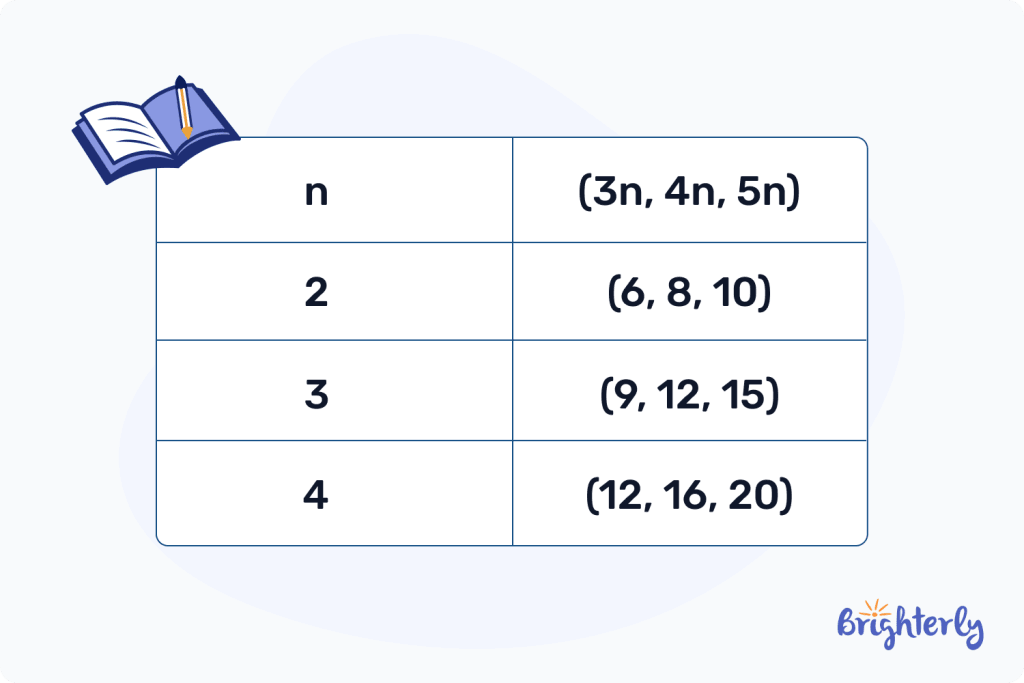
Pythagorean triples
(3,4,5), (6,8,10), (9,12,15), (5,12,13)
Circumference of a circle
C=2πr
Area of a circle
A=πr²
Length of an arc
Length of arc/2πr=Angle/360°
Area of a sector
Area of sector/πr²=Angle/360°
Inscribed angle theorum
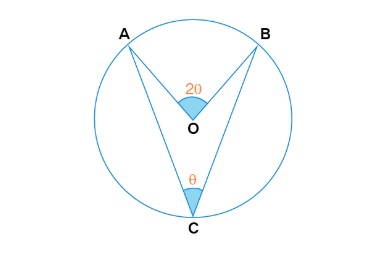
Cross multiplication

Least common multiple (LCM)
The lowest multiple that is common to two or more numbers
Integers
Any whole number
Prime numbers
2,3,5,7,11,13,17,19, 23,29,31,37,41,43,47,53,59,61
Scientific notation
A number between 1 and 10 multiplied by 10 to the power of something. (Ex: 7.1×10¹⁴)
Positive exponent in scientific notation
Move decimal point to the right by how much the exponent is
Negative exponent in scientific notation
Move decimal point to the left by how much the exponent is
Rational number
A number that can be expressed as the quotient or fraction of two integers, where the denominator is not zero. Examples include integers, fractions, and terminating or repeating decimals.
Irrational number
A number that cannot be expressed as a simple fraction or quotient of two integers. Examples include non-repeating, non-terminating decimals such as pi and the square root of 2.
Real numbers
Numbers on the number line
Complex/imaginary numbers
Numbers that are not on the number line (Ex: √-1)
Digits places
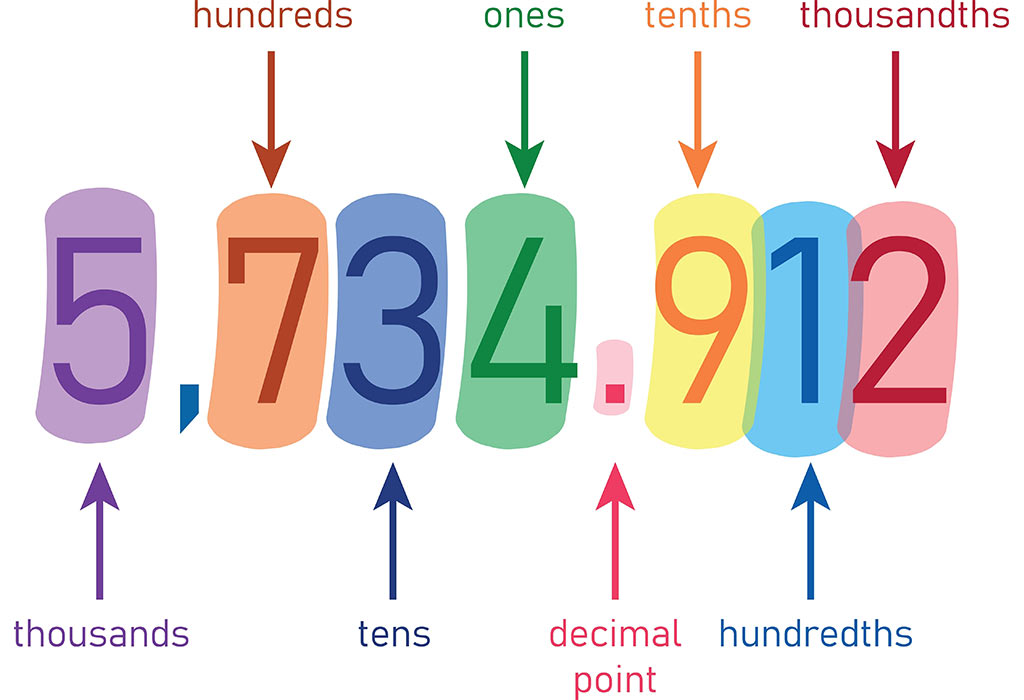
Consecutive numbers
Numbers that follow each other in order, such as 1, 2, 3 or 5, 6, 7.
Average speed
Distance/time
Distance
Rate(time)
Slope formula

Slope of a horizontal line
m=0
Slope of a vertical line
m=undefined
What are the slopes of parallel lines?
The same
What are the slopes of perpendicular lines?
Negative reciprocal slopes (Ex: 2 and -1/2)
Midpoint formula

Distance formula

Equation of a circle on a coordinate plane
(x-h)² + (y-k)² = r², where (h, k) is the center and r is the radius.
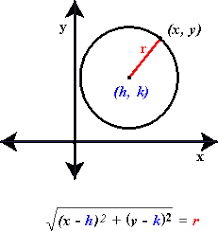
Direct relationship
If x increases, y increases
Indirect/inverse relationship
If x increases, y decreases, etc
Reflection of point (x,y) across x axis
(x, -y)
Reflection of point (x,y) across y axis
(-x, y)
Reflection of point (x,y) across origin
(-x, -y)
Perfect square: (x+y)²=
x² + 2xy + y²
Difference of squares: (x-y)²=
x² - 2xy + y²
Quadratic formula

a0=
1
a−m =
1/am
(am)n
amn
(ab)m
ambm
am × an =
am+n
am / an =
am−n
(a/b)m =
am/bm
am/n =
n√(xm)
nth term in an arithmetic sequence
an= a1 + (n - 1)d where d is the common difference
Sum of n terms
Sn = (a1+an)n/2
nth term in a geometric sequence
an = a1 * r(n-1) where r is the common ratio
Standard deviation
Measurement of how spread out numbers are from the middle of the set
Expected value
The expected value is the weighted average of all possible values of a random variable
How to calculate expected value
Multiply each possible value by its probability and sum the results.
What to do when you reverse a squared number? (Ex; (x+1)2=21)
Add ± to your solution
Sum of a finite sequence
Sn= a1(1-rn ) / (1-r) if r ≠ 1
Sum of an infinite sequence
Sn = a1 / (1 - r) when |r| < 1
How to find the value of θ in x=sinθ?
Multiply by sin-1
Tanx=
sinx / cosx
sin2+cos2=
1
When to use law of sine?
When the triangle is AAS, ASA, or ASS (ambiguous)
When is a triangle ambiguous?
ASS
Law of sines
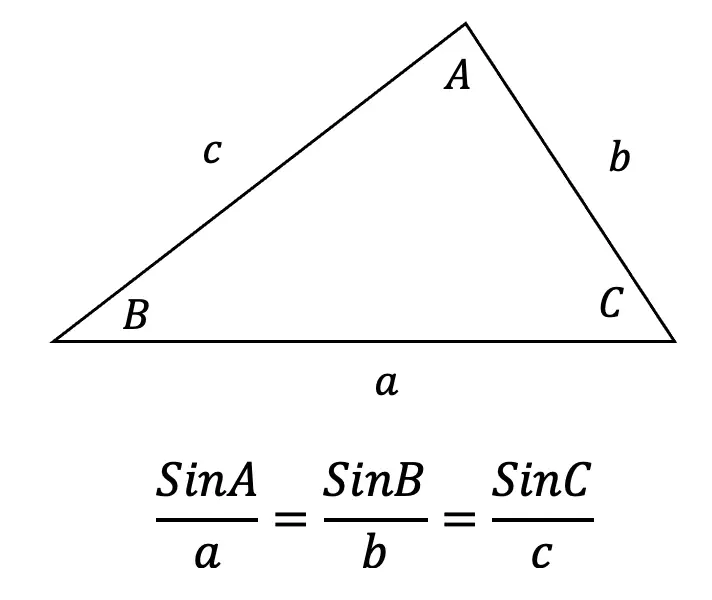
Law of cosines

Area of SAS triangle
1/2 * a * b * sin(C)
Area of SSS triangle
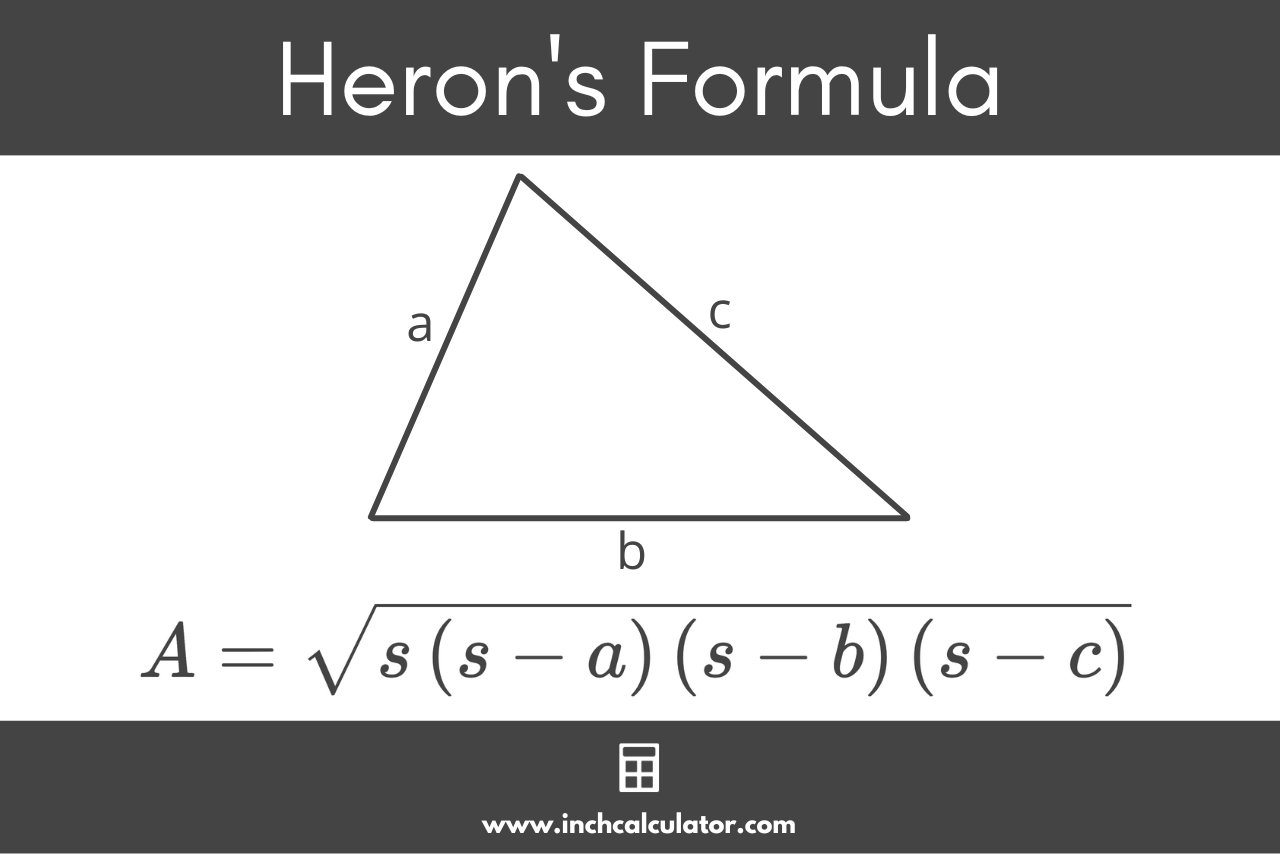
Union (∪)
All numbers together
Intersection (∩)
Only numbers that overlap in both sets
Probability
Wanted outcomes/total possible outcomes
What to do if a problem uses the word or between two possible outcomes?
Add the probabilities together
What to do if a problem uses the word and between two possible outcomes?
Multiply the probabilities
When to use permutation?
When order matters in arrangements
When to use combination?
When order does not matter in arrangements
Super pythagorean theorem

√-1=
i
i2=
-1
i3=
-i
i4=
1
What is the exponential form of logab=x
ax=b
logab=
logb/loga
logabx=
x logab
logab+logac=
loga(bc)
logab-logac=
loga(b/c)
Area of a rhombus
A=(d1*d2)/2
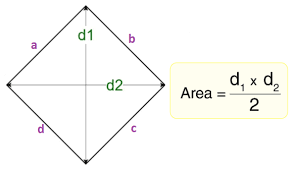
Surface area of a cube
SA=6s²
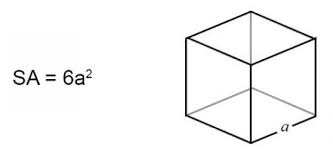
Volume of a cube
V=s³
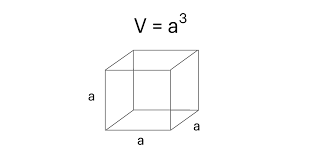
Volume of a sphere
V=(4/3)πr³

Surface area of a sphere
SA=4πr²
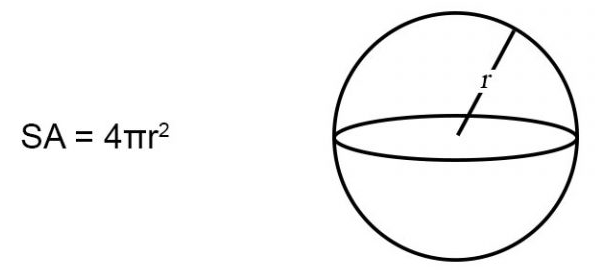
Volume of a cone
V=(1/3)πr²h
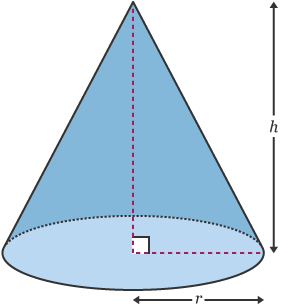
Surface area of a cone
SA=2πr2+2πrh

Surface area of a cylinder
SA=2πrh+2πr2
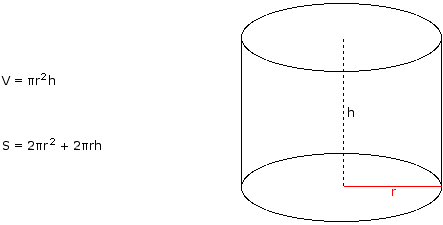
√a*√b=
√(ab)
What transformation is this? y=(x-a)2
It represents a shift of the parabola to the right by 'a' units